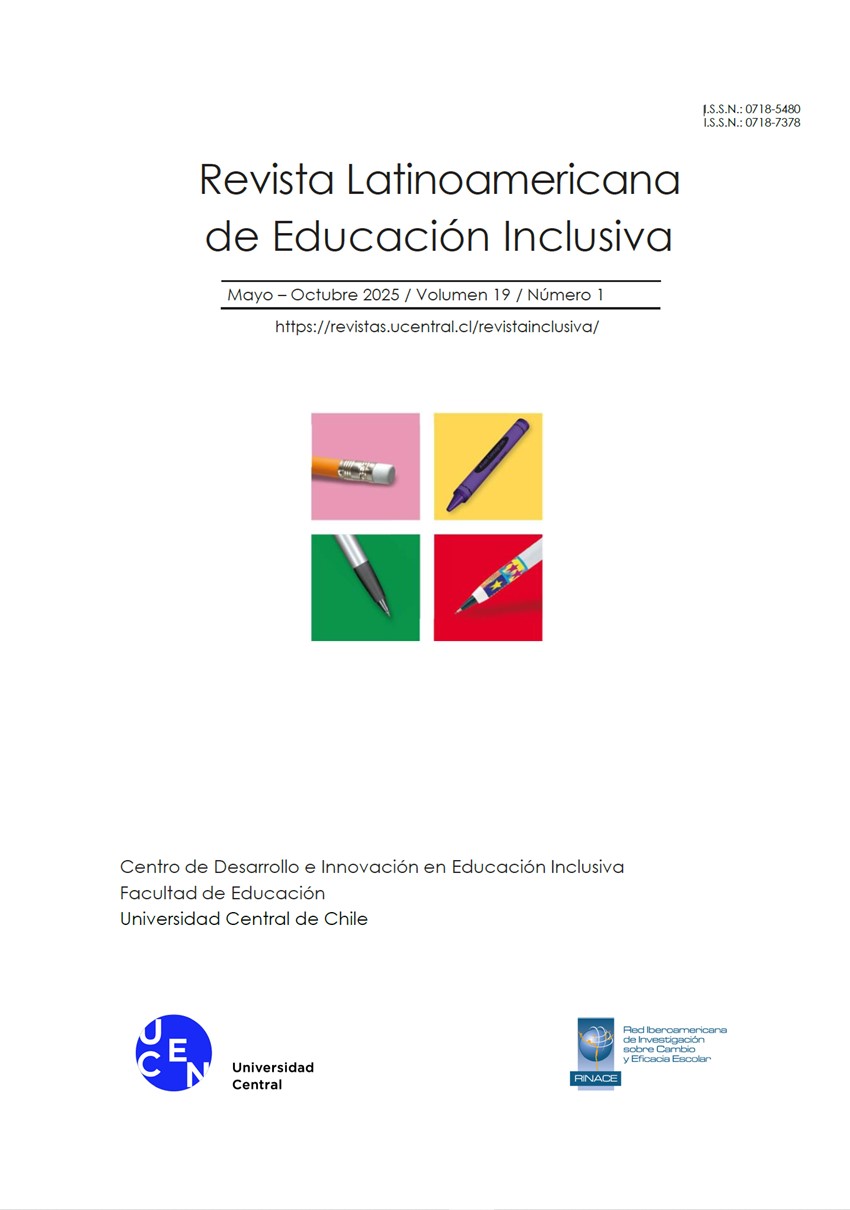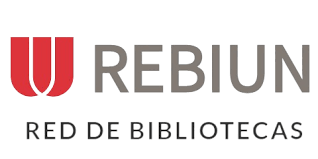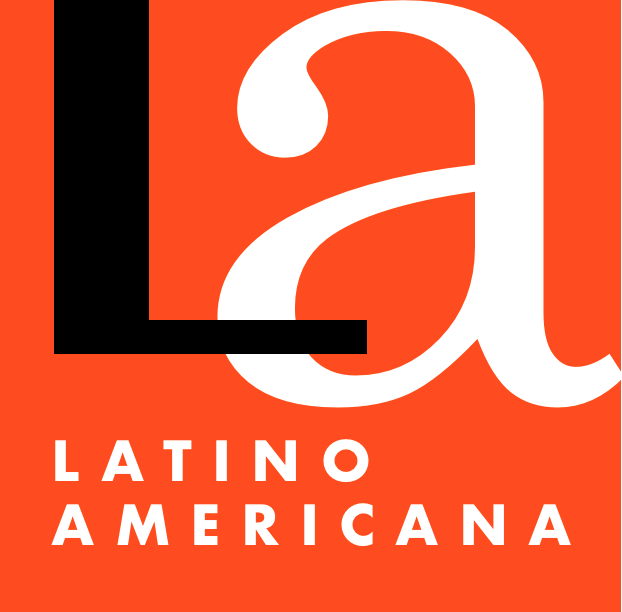Characterization of the Student Body Entering through the Special Pathway with the Higher Education Access Program-PACE in Chile
DOI:
https://doi.org/10.4067/S0718-73782025000100175Keywords:
Equal rights, Admission requirements, Social justice, Higher education, Inclusive educationAbstract
In order to confront the profound inequalities in the Chilean educational system, governments have articulated a set of affirmative action policies, such as the Program for Effective Access to Higher Education (PACE). The purpose of this article was to profile the admission process of the student who is the object of PACE affirmative action in the enrolment, application, selection and matriculation phases. Using a quantitative paradigm of longitudinal nature, several bivariate indicators were used to describe and analyze each of the admission processes. Among the most relevant findings, we found a sustained increase in the enrolment of PACE students, especially through the traditional route, not using their special guaranteed quota. Likewise, it was found that a total of 1154 students would not have been able to enter university in 2023 without the Program. Among the conclusions, the valuable and potential contribution of the PACE Program is highlighted, but it is recognized that, in a privatized, neoliberal and globalized context such as the Chilean one, the limited perspective of the Program is not capable of restoring the educational right, but rather has compensatory effects.
Downloads
Published
How to Cite
Issue
Section
License
Copyright (c) 2025 Revista Latinoamericana de Educación Inclusiva

This work is licensed under a Creative Commons Attribution 4.0 International License.
Creative Commons Attribution (by)
This licence permits the exploitation of the work, as well as the creation of derivative works, the distribution of which is also permitted on condition that express reference is made to the author, i.e. that his/her name appears in any use or act of exploitation of the work.













